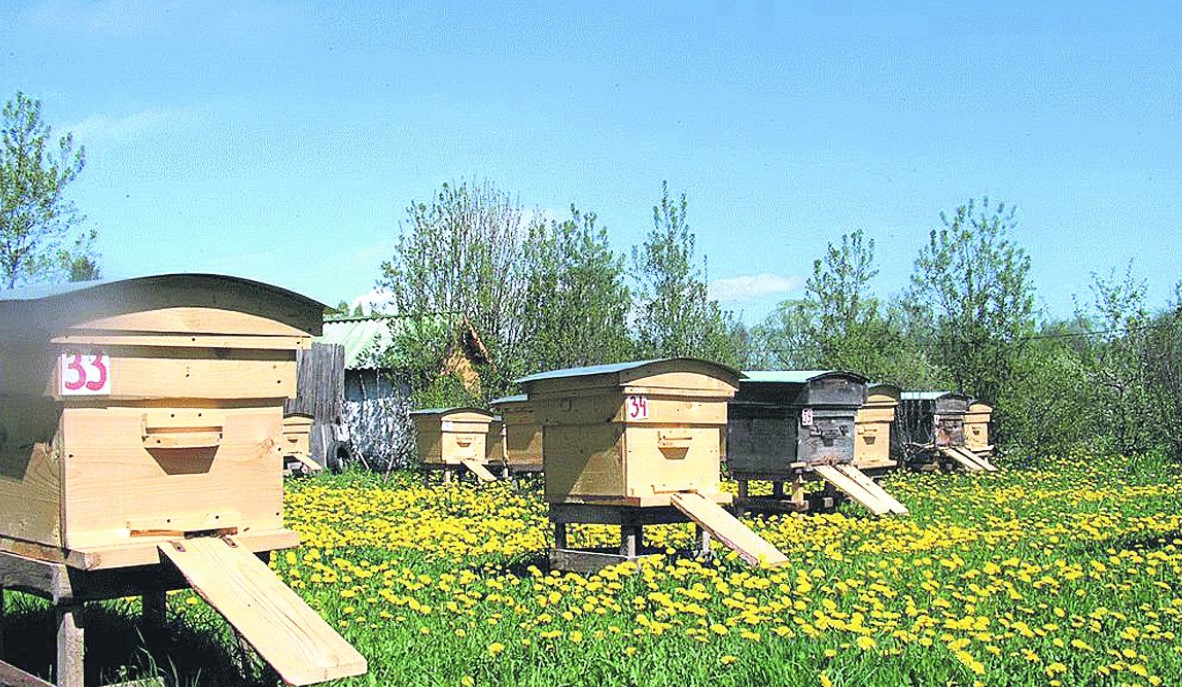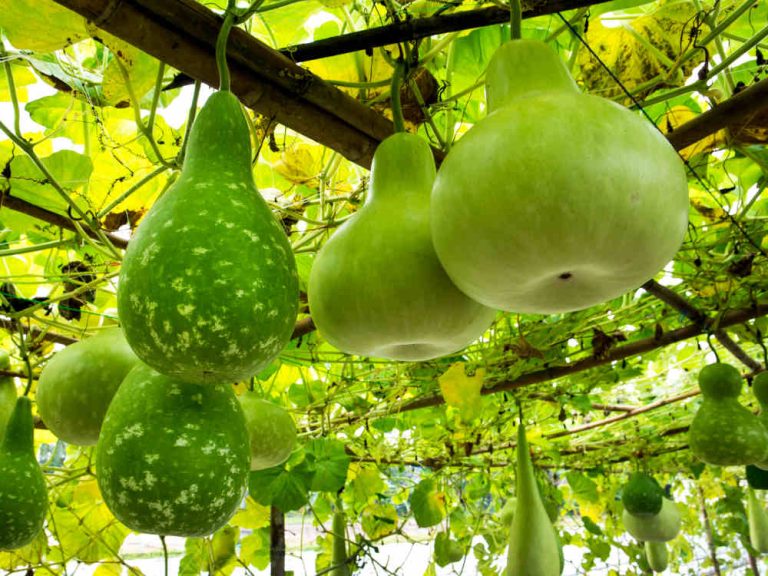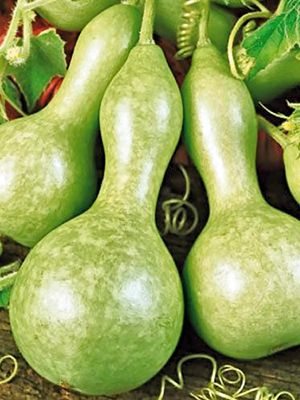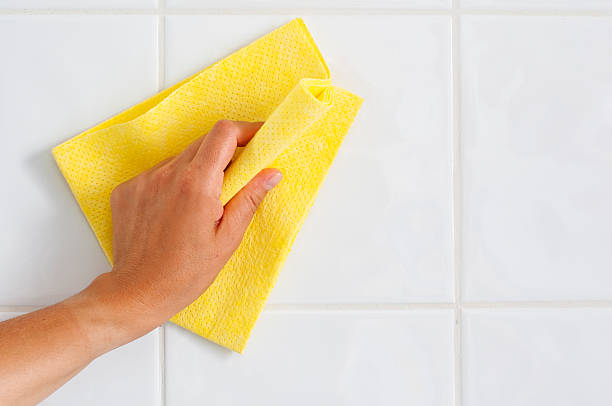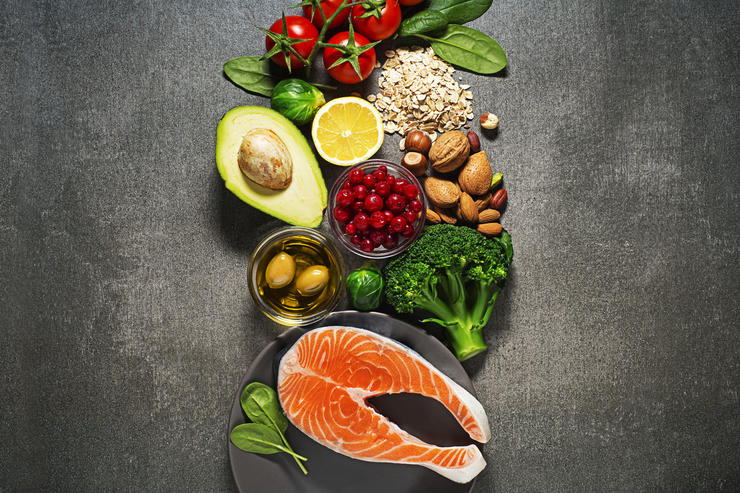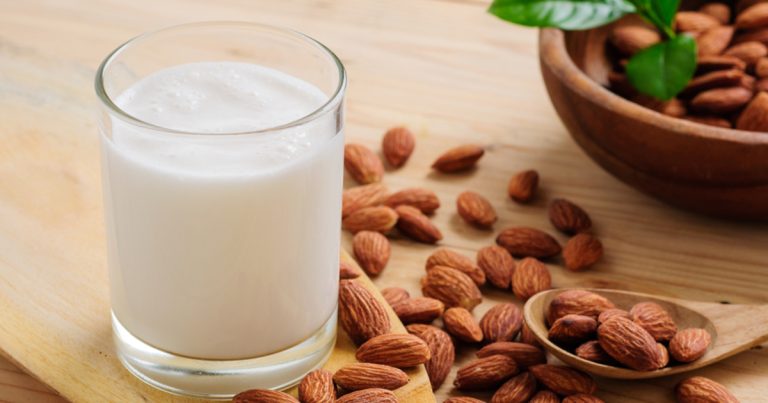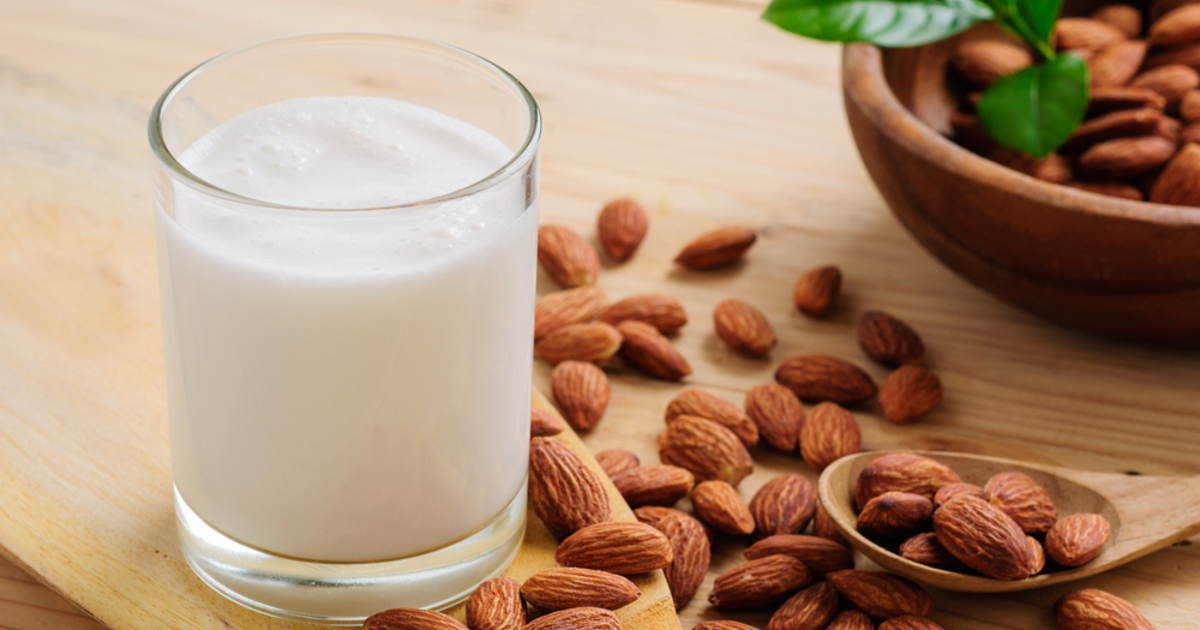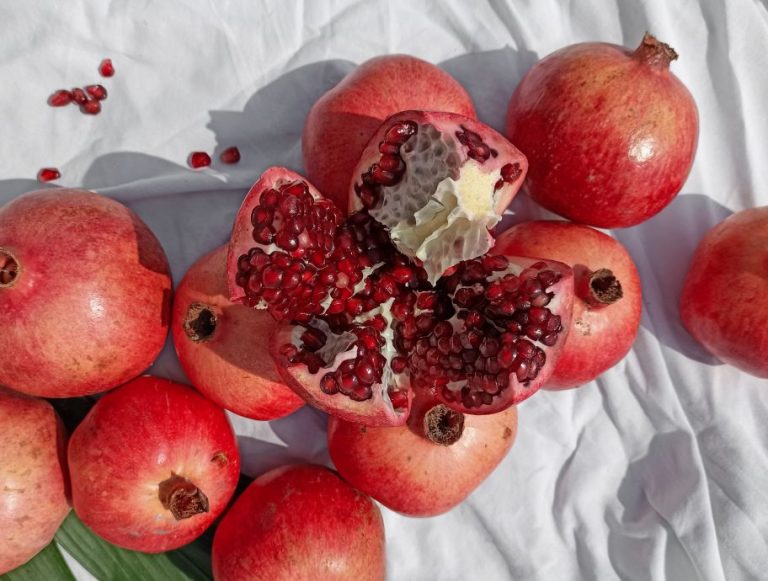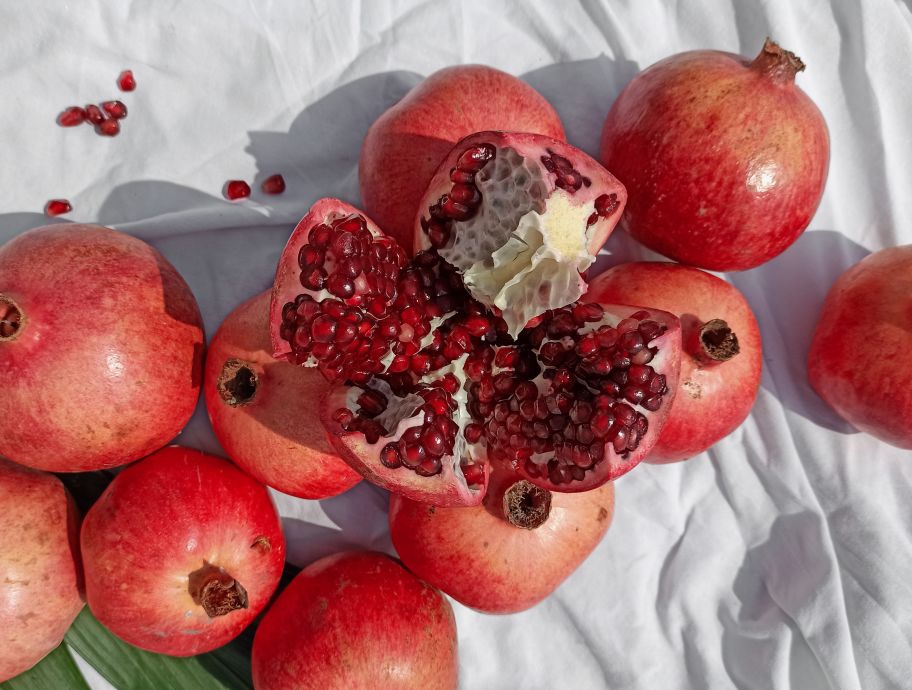Mangoes taste fruity and sweet. You can read in this article how to store mangoes correctly and how they are in terms of sustainability.
Mangoes are a popular southern fruit. Not only do they taste good, but mangoes are also healthy. It’s important to store mangoes properly so they stay fresh for as long as possible before you eat them. Throwing away mangoes would be a particularly bad thing, as they mainly grow in the tropics and subtropics and are exported from there to Germany. Mangoes therefore cause quite a bit of CO2 emissions. Especially mangoes that are imported by plane pollute the environment. Many supermarkets label fruit that has been transported in this way.
Because of its tropical origin, you should try not to eat mangoes too often. If you’re looking for a local alternative to mangoes, you can use peaches or nectarines. These do not taste identical, but the taste and appearance of the pulp are similar. Take a look at our seasonal calendar for more regional alternatives. You can plant a leftover mango seed, but in our latitudes it is difficult for fruit to grow on the tree and if so, only after several years.
Basically, we recommend buying organic food. Then they are free of chemical-synthetic pesticides. With the exotic mangoes, a fair trade seal indicates fair trade.
Factors affecting how mangoes are stored

The best way to preserve and store a mango depends on several factors:
Ripeness: Above all, the fact whether your mango is already ripe or not yet has an effect on storage and storage. You can recognize a ripe mango by the fact that it smells intensely and gives slightly when you (lightly) press the peel. Note that color is not an indicator of ripeness, as there are varieties that remain completely green. If the skin has brown speckles, the fruit is usually ripe.
Bruises: If the mango has bruises, you should cut them away immediately. Bruises promote the formation of mold, which can quickly spread to the whole fruit.
Whole fruit or (partly) cut: The storage also changes whether your mango is still whole or whether you have already cut it.
You should keep this in mind when storing a mango
Basically, it can take a few days to a week for a purchased, unripe mango to be ripe. Ripe mangoes only last a few days.
Store loosely: You can store a mango in a fruit bowl or similar. It should lie loosely so that there are no pressure points. Therefore, do not put heavy fruit on top of the mango or even jam it in the peel or bowl.
Neighboring fruits: To speed up the ripening process, you can put the mango in the sun or keep it with apples, tomatoes or bananas. These give off ripening gases that can affect neighboring fruit and vegetables. You can read more about this in the article Store fruit and vegetables together – or separately? read. If your mango is already ripe, it is better to keep it away from direct sunlight and the fruits and vegetables mentioned.
Temperature: Store mangoes at room temperature. Neither unripe nor ripe mangoes should be kept in the refrigerator. On the one hand, the cool temperature slows down the ripening process. There is a risk that the unripe mango will spoil rather than ripen. On the other hand, because it can lose its taste there. You should only put a (partly) cut mango in the fridge. But then consume or process them promptly.
This way you can keep mangoes longer

Freeze a mango by slicing it into chunks and placing in a sealable freezer-safe container. This makes sense if you realize your mango is already ripe and you can’t process or eat it in time, or if you have some of your mango left over. It keeps frozen for a few months.
You can also enjoy a mango as dried fruit. To do this, cut them into pieces and dry them in the sun, in the oven or in a dehydrator. Dried mango can be kept for up to a year.
Cooked mangoes in the form of mango chutney or as jam or marmalade will keep for about a year if unopened. This is also suitable as a gift or souvenir.
Of course, it’s best if you only buy as much mango as you can use in time. Mangoes go well with many dishes. For example, you can give your salad or curry an exotic touch. It is a sweet highlight in fruit salad, smoothie or yoghurt. Add them to desserts like cake or ice cream.


